The history of ordering kiosks dates back to the late 20th century when the first self-service machines were introduced in fast-food restaurants and retail environments. These early kiosks were basic, offering limited functionality and primarily designed to reduce labor costs and improve efficiency. Over time, as technology advanced, so did the capabilities of ordering kiosks. The introduction of touchscreens, internet connectivity, and integrated payment systems in the 2000s transformed kiosks into powerful tools for enhancing customer experience, improving order accuracy, and increasing sales. Today, ordering kiosks are widely used across various industries, from quick-service restaurants to retail stores and beyond.
The future of ordering kiosks looks even more promising as they continue to evolve with advancements in artificial intelligence, machine learning, and biometric technology. AI-powered kiosks will offer more personalized experiences, recognizing repeat customers and suggesting products based on previous orders. Voice-activated kiosks may become more common, providing an even more intuitive interface. Additionally, the integration of augmented reality (AR) could allow customers to visualize products before purchasing, further enhancing the shopping experience. With ongoing innovations, ordering kiosks are set to play an increasingly central role in how businesses interact with customers, offering greater convenience, efficiency, and personalization in the years to come.

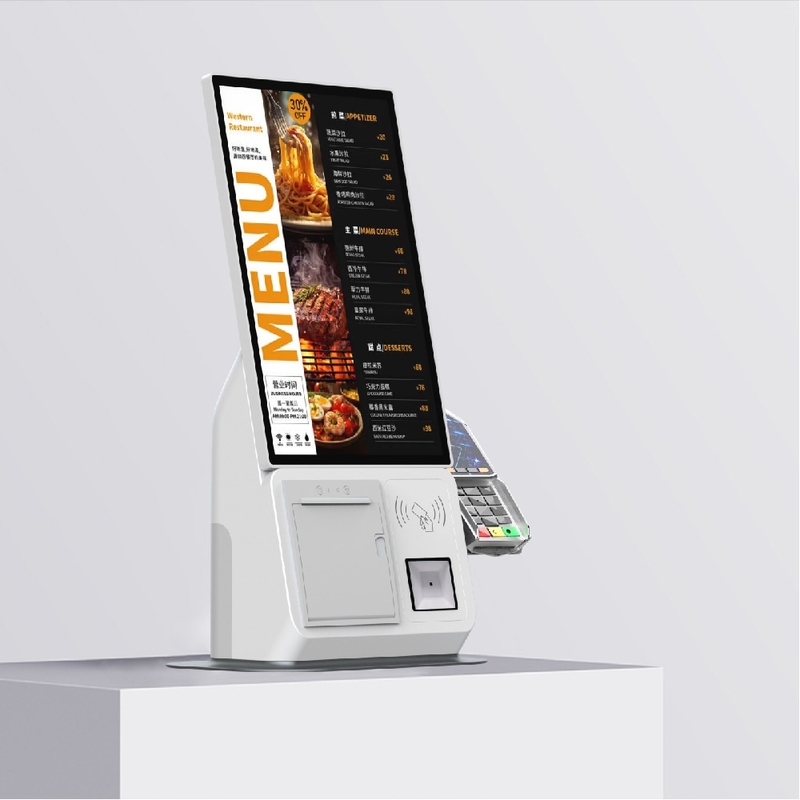
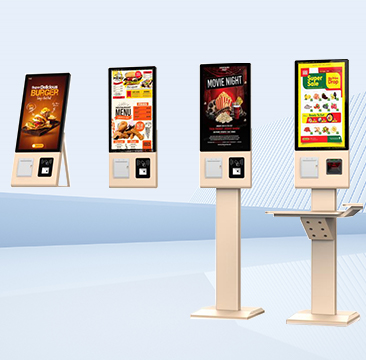
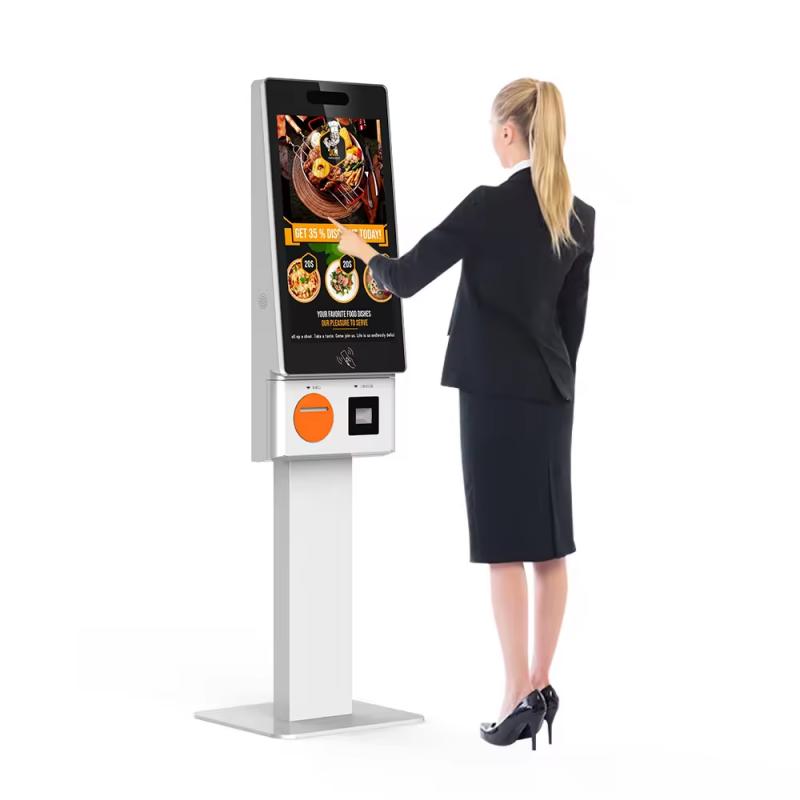
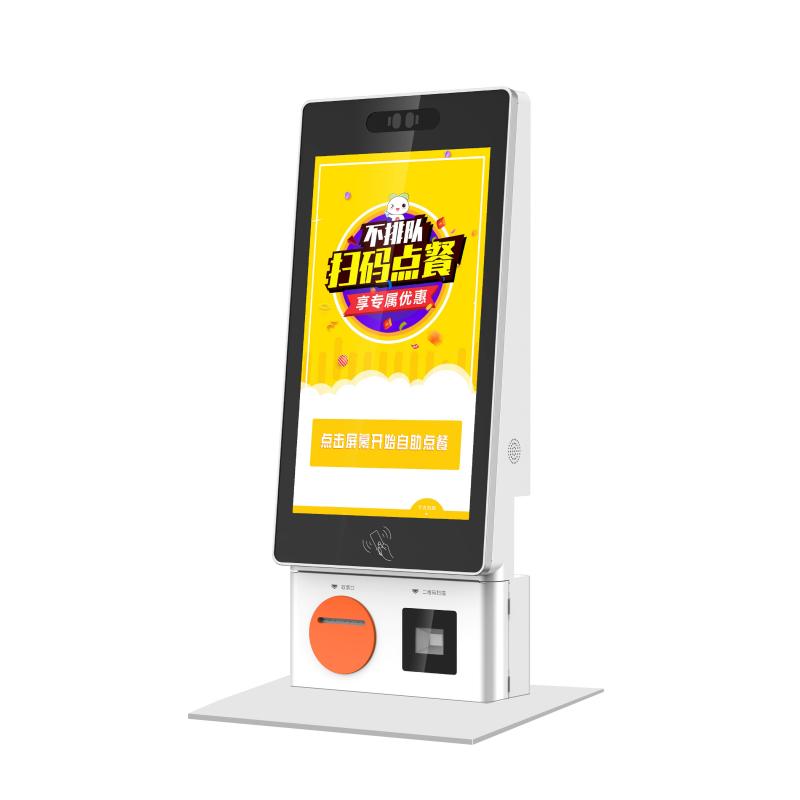
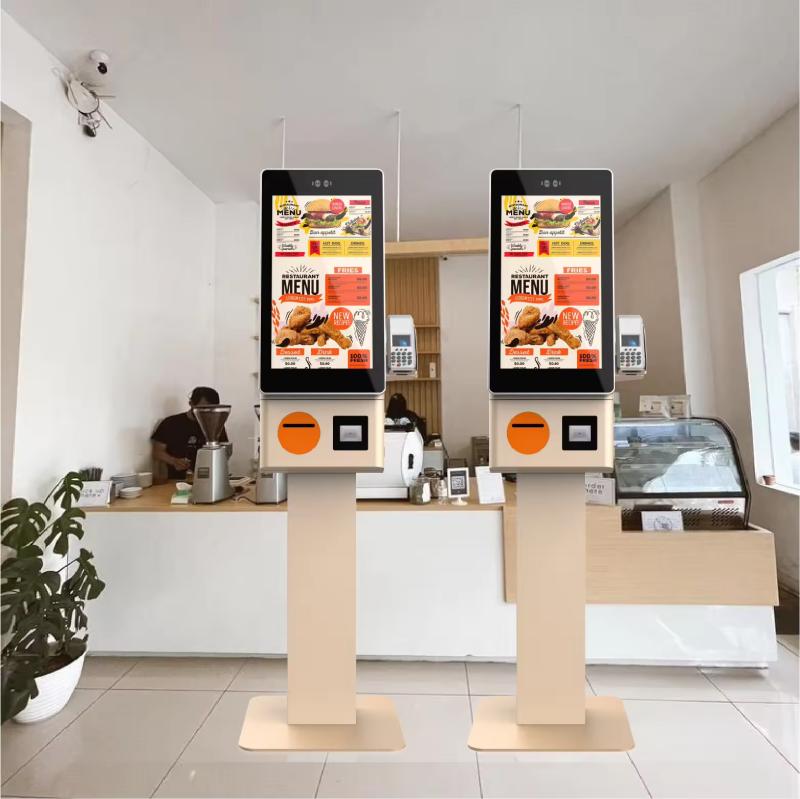
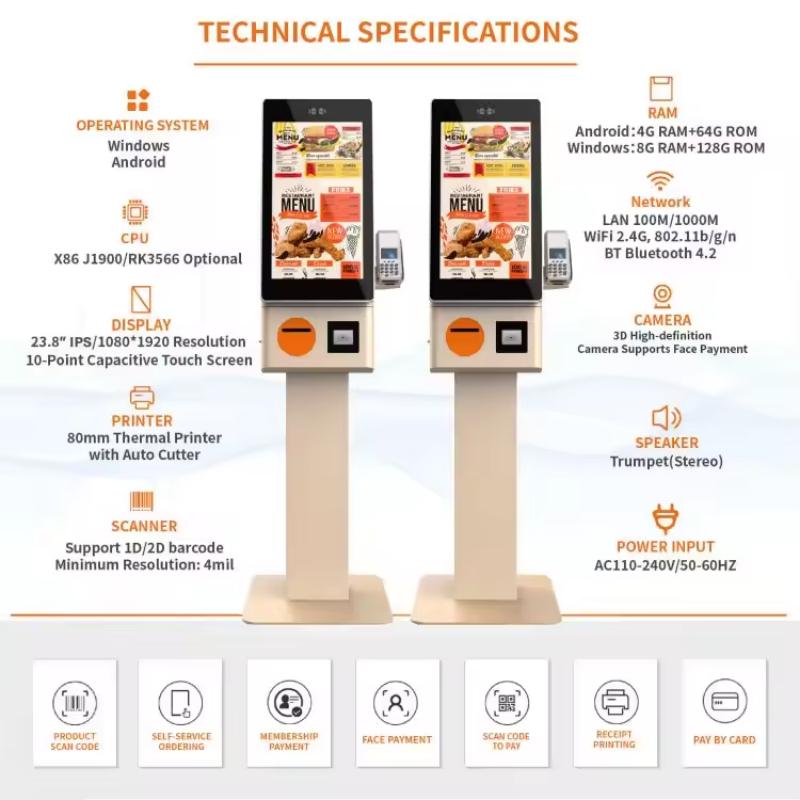
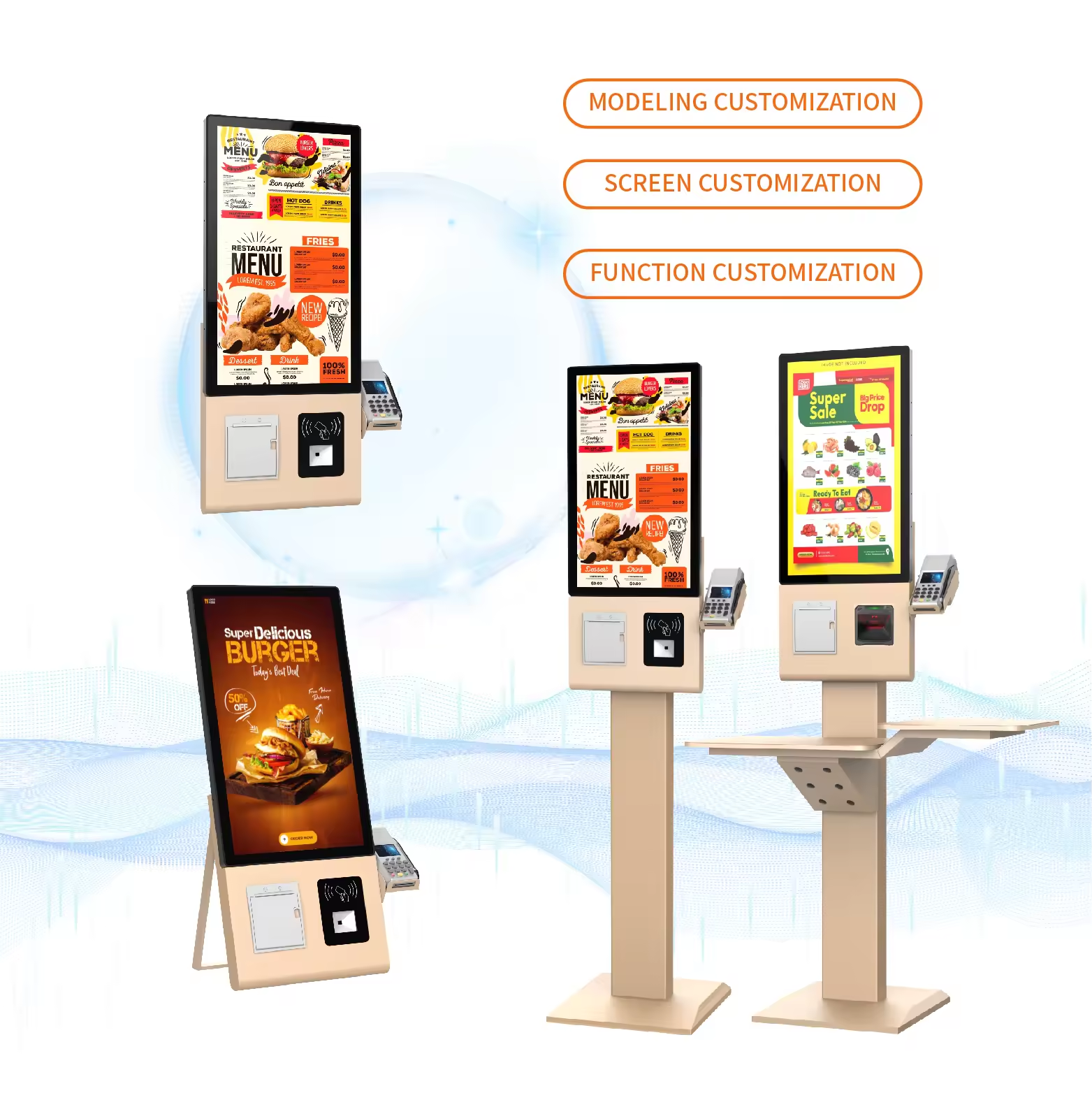

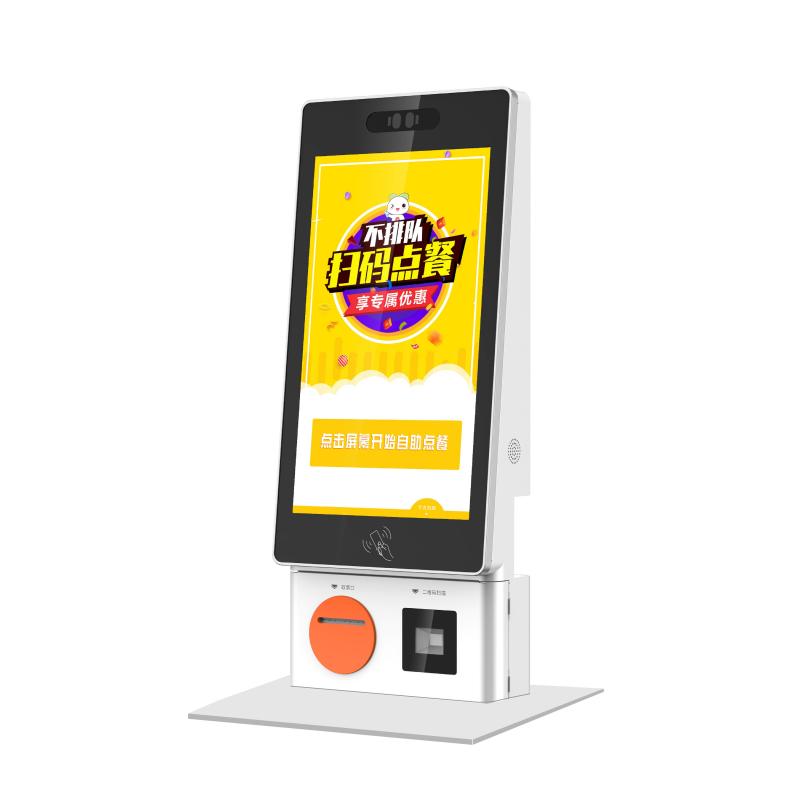
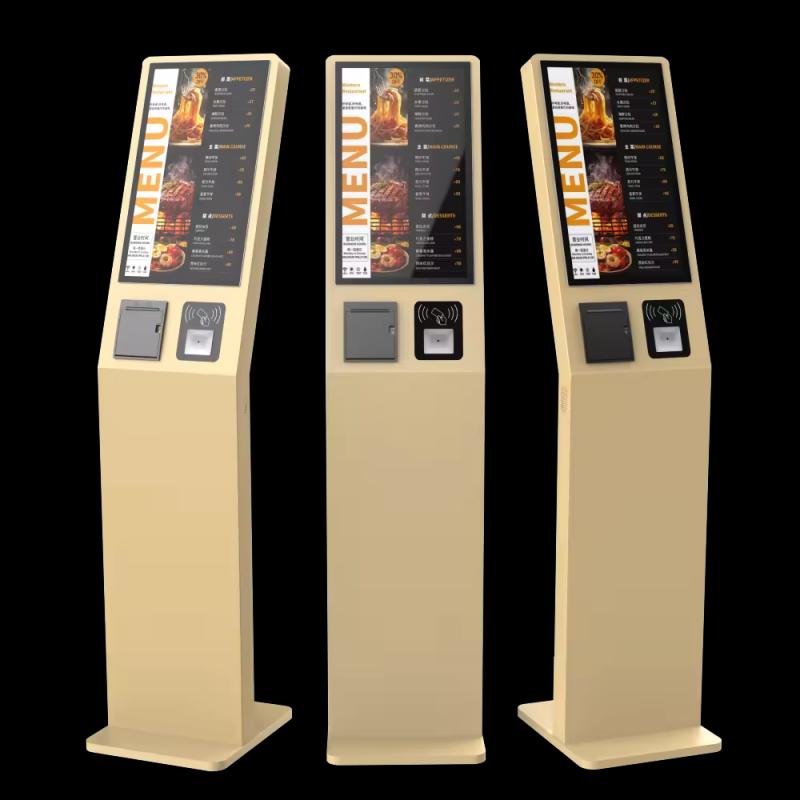



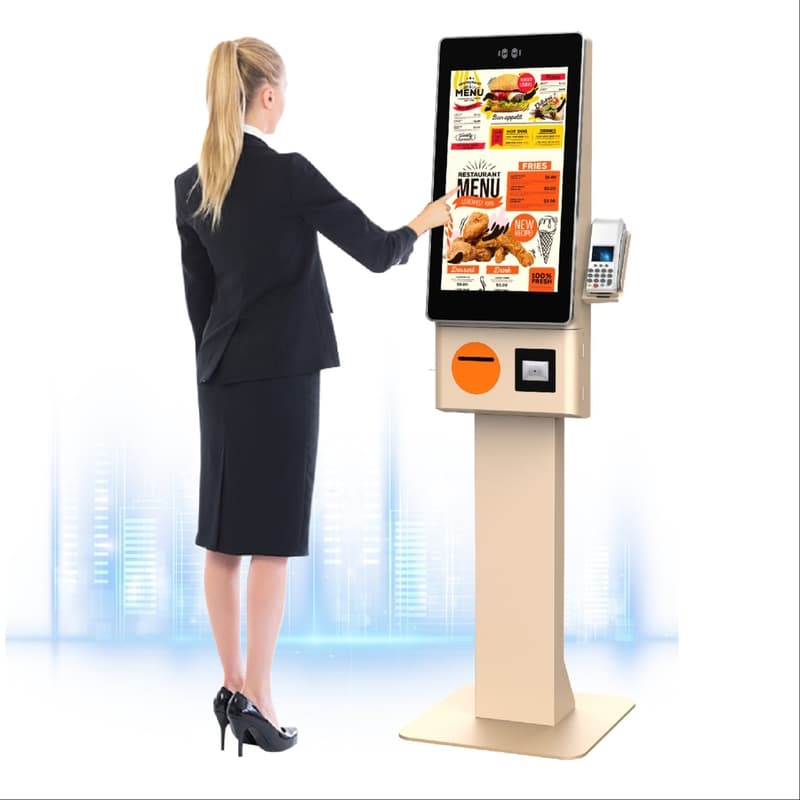

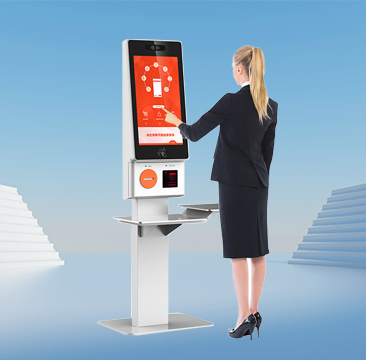

What did our happy clients say?
Our ordering kiosk have revolutionized our customer service. The seamless installation and user-friendly design have made a significant impact. Highly recommend this product for any business looking to streamline operations!
We couldn’t be happier with our new ordering kiosks. They’ve drastically reduced wait times and improved order accuracy. A big thank you to the team for their excellent support—highly recommended!
The ordering kiosks exceeded our expectations. They’re sleek, efficient, and easy for customers to use. The customization options were perfect for our brand. Highly recommend these kiosks to others!
We’re thrilled with our ordering kiosk! The quality and functionality are top-notch, and the customer support was outstanding. Thank you for a fantastic product—highly recommend to any business!